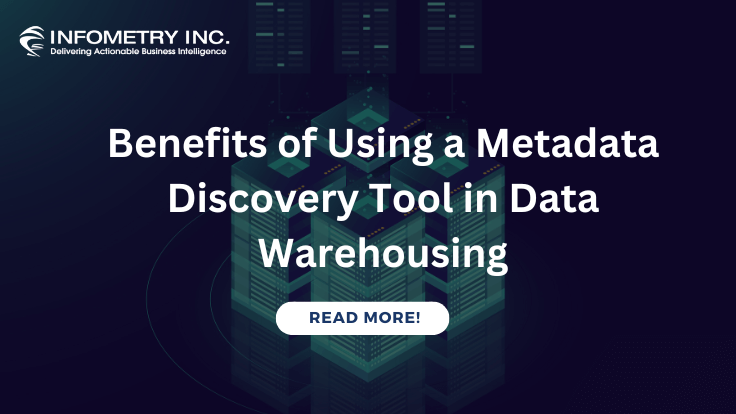
How MuleSoft Can Help You Automate Your Business Processes
November 13, 2023
How to Use Matillion ETL for Snowflake to Build Data Pipelines
November 20, 2023Introduction:
In the fast-evolving landscape of data management, Snowflake Data Cloud has emerged as a game-changing solution. This cloud-based platform offers scalability, flexibility, and security, making it a top choice for businesses seeking efficient data storage and analysis. However, before diving into Snowflake, let’s unravel what it is and understand the associated costs. In this comprehensive blog, we’ll delve into the world of Snowflake Data Cloud, exploring its features, benefits, and the financial aspects that can impact your organization.
Understanding Snowflake Data Cloud
Snowflake Data Cloud is a cloud-native data warehousing platform designed to simplify the complexities of modern data management. It provides a scalable and flexible solution for storing, processing, and analyzing data in the cloud. Let’s delve into its key features:
1. Data Warehousing:
Snowflake simplifies data warehousing by offering a centralized repository for your data.
2. Data Sharing:
It enables secure data sharing, facilitating collaboration while maintaining data security.
3. Scalability:
Snowflake’s architecture is built for scalability, allowing businesses to adapt to changing data demands without significant infrastructure changes.
4. Concurrency:
Snowflake allows multiple users to access and analyze data simultaneously without performance bottlenecks.
5. Security:
Prioritizing data security, Snowflake offers advanced encryption, access controls, and data masking to safeguard your data.
How Much Does Snowflake Data Cloud Cost?
Understanding the pricing structure of Snowflake is crucial for making informed decisions. Snowflake’s pricing is transparent and flexible, with costs based on usage, data storage, and specific feature requirements. Here’s a rough estimate of the pricing structure:
Pay-as-You-Go: Snowflake operates on a pay-as-you-go pricing model, ensuring you pay only for the resources you utilize. Typically, prices range from $2 to $4 per credit (Snowflake’s virtual currency), depending on the region and the number of credits you purchase.
1. Data Storage:
The volume of data you store in Snowflake directly impacts your costs. Prices typically range from $23 to $37 per terabyte per month for data storage.
2. Virtual Warehouses:
The cost of virtual warehouses can vary based on the size and performance level you choose. Prices can range from $2 to $50 per credit per hour.
3. Data Transfer:
Costs associated with transferring data in and out of Snowflake may apply. The exact pricing for data transfer can vary, but it’s typically around $0.05 per gigabyte for data egress (data going out of Snowflake).
4. Pricing Calculator:
Snowflake provides a convenient pricing calculator on its website, allowing you to estimate costs more accurately based on your specific requirements.
5. Volume Discounts:
For businesses with substantial data and processing needs, Snowflake offers volume discounts, which can result in significant cost savings.
Please note that these are rough estimates, and actual costs may vary based on your organization’s unique usage and requirements. Snowflake’s pricing is transparent, and you can use their calculator to get a more precise idea of how much Snowflake Data Cloud will cost for your specific use case.
Conclusion:
Snowflake Data Cloud stands as a robust solution for modern data management, offering scalability, security, and flexibility. While costs can vary based on your usage, Snowflake’s transparent pricing and the ability to pay only for what you use make it an attractive choice for businesses of all sizes.
In conclusion, Snowflake Data Cloud is a dynamic solution for modern data management, with costs adaptable to your unique needs. Before making any decisions, evaluate your organization’s data requirements and consider the potential benefits of Snowflake to determine if it aligns with your data strategy and budget.




